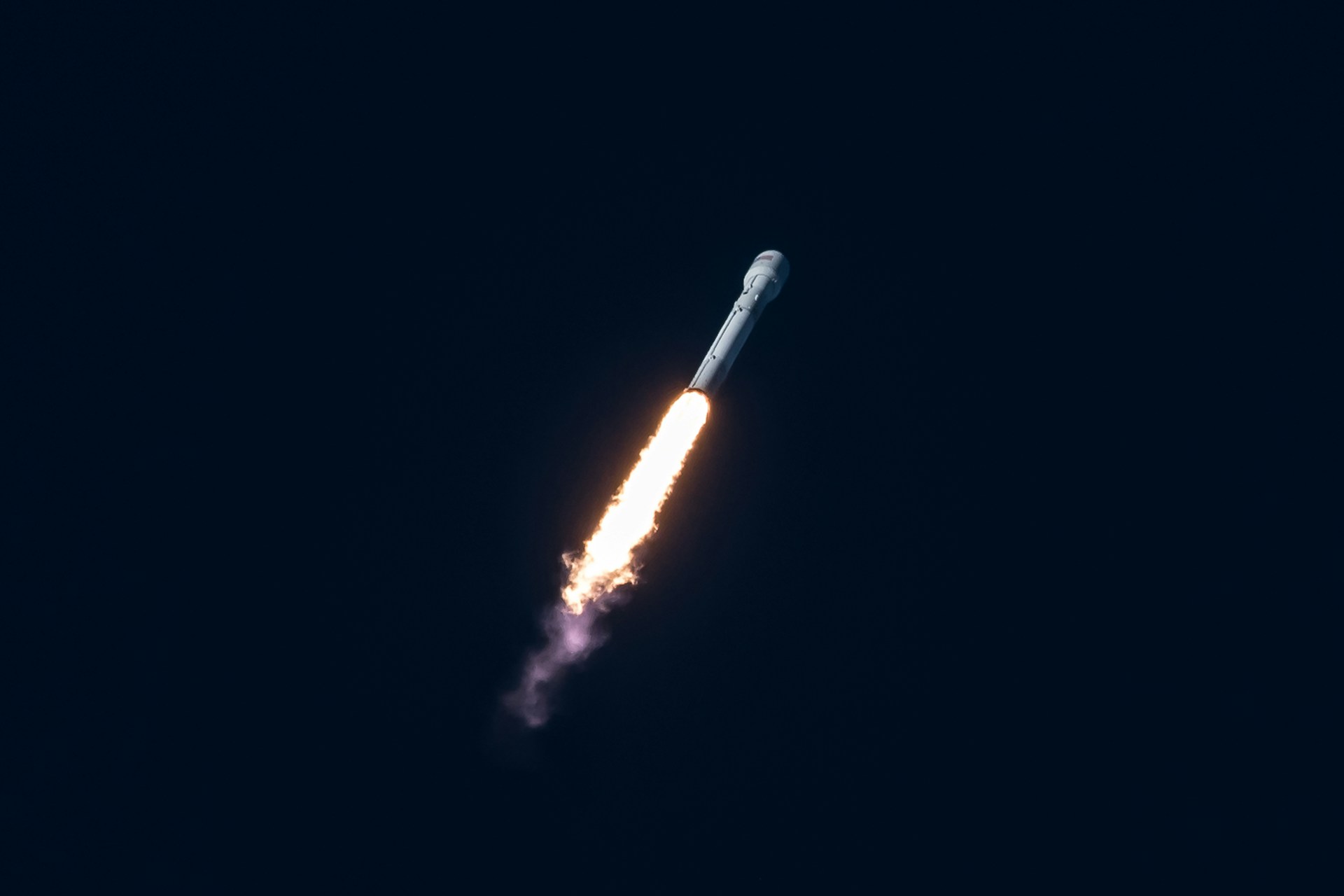A Chinese lunar probe has unfurled the country’s red and gold flag for the first time on the far side of the Moon before part of the spacecraft took off on Tuesday to return soil and rock samples to Earth, as announced by China on Tuesday.
The mission has been celebrated as a significant success in China, marking another milestone in its space program, which aims to send a human to the Moon before the end of this decade.
The Chang’e-6 probe was launched last month, and its lander touched down on the far side of the Moon on Sunday. A section of the probe took off on Tuesday morning, Beijing time, with its engine running for about six minutes before entering a pre-set orbit around the satellite, according to the China National Space Administration.
The spacecraft withstood a high-temperature test on the lunar surface and collected samples by drilling and scooping material from the surface. These samples were stored in a container inside the probe’s ascent module, as planned, the agency reported.
The container will be transferred to a re-entry capsule expected to return to Earth around June 25, landing in the deserts of China’s Inner Mongolia region.
The small flag, made of special materials, was extended from a retractable arm on the side of the lander and not placed on the lunar surface, according to a mission animation shared by the agency.
“Mission accomplished!” tweeted Hua Chunying, a spokesperson for the Ministry of Foreign Affairs, on X. “An unprecedented feat in the history of human lunar exploration!”
Missions to the far side of the Moon are more challenging because it is not directly visible from Earth, requiring a relay satellite for communication. The terrain is also rougher, with fewer flat areas suitable for landing.
The probe landed in the Aitken Basin at the lunar south pole, a crater formed by the impact of a celestial object over 4 billion years ago. This basin, 13 kilometers (8 miles) deep and 2,500 kilometers (1,500 miles) in diameter, is the oldest and largest of such craters on the Moon. It may provide the earliest information about the Moon, as the enormous impact could have ejected materials from deep below the surface, according to Xinhua.
This mission marks the sixth in the Chang’e lunar exploration program, named after a Chinese lunar goddess. It is the second mission designed to bring back samples, following Chang’e 5, which did so from the near side of the Moon in 2020.
China’s lunar program is part of a growing rivalry in space exploration, primarily with the United States, which remains the leader in this field, and other countries, including Japan and India. Beijing has launched its own space station and regularly sends crews to it.
China plans to send a human to the Moon’s surface before 2030, potentially becoming the second nation to do so after the United States. Meanwhile, Washington aims to land astronauts on the Moon again — for the first time in over 50 years — though NASA has postponed this mission to 2026.

